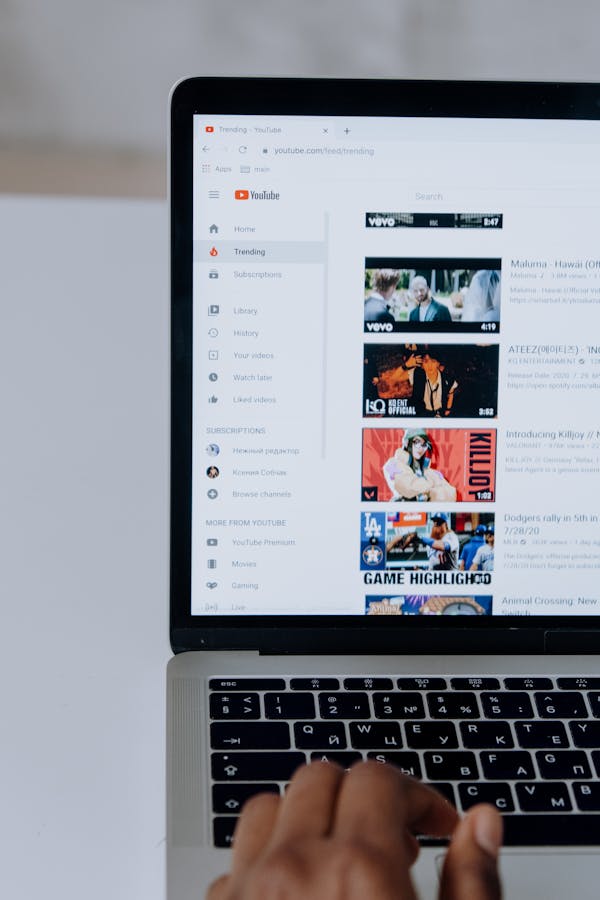Building a Secure Telegram Chatbot: Best Practices and Tips
MagicBuddy is an AI assistant that can answer questions and assist users with content creation. It has a number of features, including smart content generation and language translation.
It is easy to use and works on the Telegram platform. It has advanced language models trained on billions of online words and conversations. It also has speech-to-text capabilities.
Powered by OpenAI ChatGPT
MagicBuddy is a ChatGPT-based virtual assistant for Telegram. It is easy to use and helps users with various tasks. It can answer questions, help with homework and other projects, read text from a file, and more. It uses natural language to create intelligent responses in Telegram chats. It can also perform conversions and view code with syntax highlighting.

Its advanced AI functionality is a powerful tool for individuals and businesses to improve productivity and enhance user experience. It offers a free tier and several paid plans that provide advanced features. Its multilingual support and task automation capabilities set it apart from other ChatGPT Telegram bots.
MagicBuddy provides a convenient way to access state-of-the-art AI without having to install new apps or switch between different applications. Its integration with Telegram’s existing interface makes it accessible to users of varying abilities, reducing barriers to adoption. It also features a user-friendly, customizable interface that provides a tailored experience for all users.
Easy to use
MagicBuddy is a user-friendly, state-of-the-art chatbot that is easy to integrate into Telegram. It uses advanced language models to provide intelligent, conversational chat that is both natural and responsive. It can answer questions, help with study, and offer writing ideas. It can also translate text and read code with syntax highlighting.
It is also capable of summarizing information, which helps you save time and effort by presenting the key points in a short paragraph. In addition, it can translate between multiple languages to enable communication with people around the world.
MagicBuddy offers a variety of affordable pricing plans. Its flexible usage limits and robust customer support make it an ideal option for users of all kinds. It is a great choice for students, professionals, and those seeking to enhance their productivity.
Affordability
MagicBuddy is an affordable and convenient option for users who want to take advantage of AI technology. The platform integrates diverse AI characters and prompts along with tools like resume editors and essay generators to cater to a wide variety of needs. It also offers a seamless task switching feature, making it more effective for users who need to manage multiple tasks simultaneously.
It also helps people save money by suggesting simple and easy-to-follow tips such as budgeting, shopping sales, meal planning, and saving on utilities. It even gives them life advice and startup expertise inspired by Naval Ravikant’s philosophy.

MagicBuddy is a powerful tool that helps people optimize their productivity at work, study, and entertainment. It provides instant access to AI tools in a familiar messaging environment, which promotes continuous engagement. In addition, the platform is free to use and can be accessed on any device with Telegram. This makes it a great alternative to other AI chatbots that require additional installation or switching apps.
Transparency
MagicBuddy combines the advanced capabilities of ChatGPT with Telegram’s user-friendly interface to provide an excellent AI chatbot experience. Its ability to transcribe voice messages, generate text, and translate languages makes it an ideal tool for a wide range of uses. In addition, its commitment to transparency and inclusivity ensures that users will always receive accurate, relevant answers.
MagicSpace SEO Agency developed MagicBuddy to make ChatGPT’s advanced language model accessible on a popular messaging platform. The bot’s seamless integration with Telegram makes it easy to interact with and acquire information without needing to install a separate app or website.
MagicBuddy is a great choice for business owners who need a robust AI assistant. It is fast, accurate, and dependable, and it works well in group chats. However, it may have some limitations compared to other chatbots. This is a good option for businesses that want to save time and money by automating their processes. Moreover, it can also help them grow their business and increase productivity.














